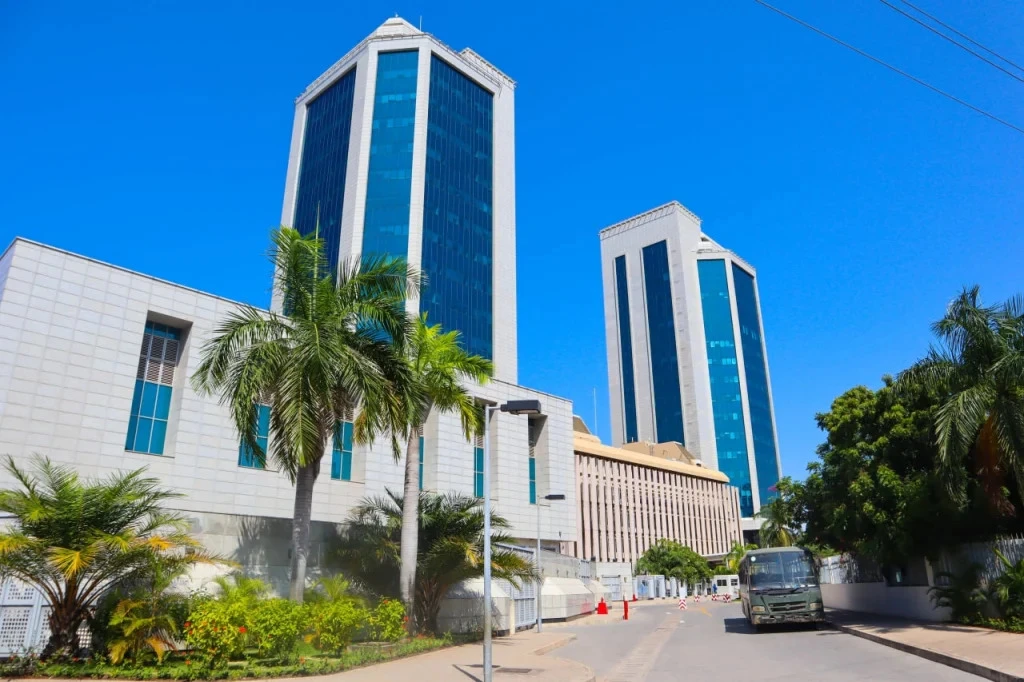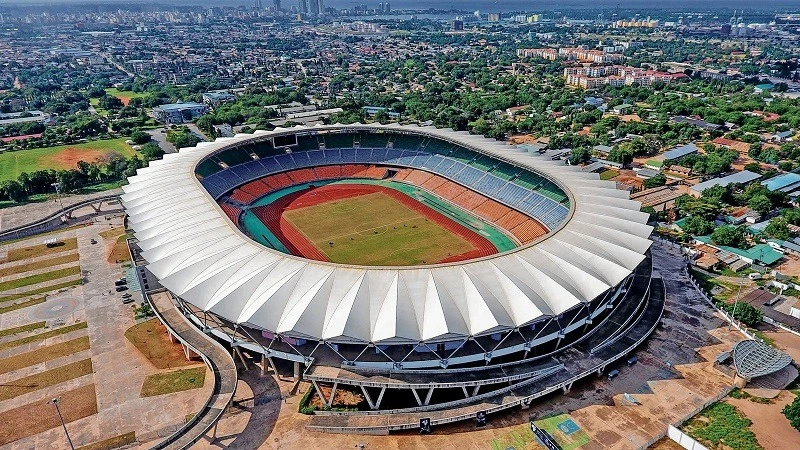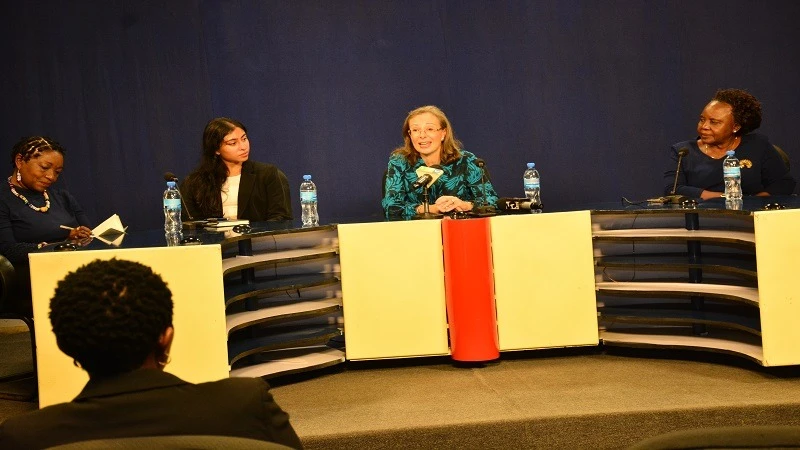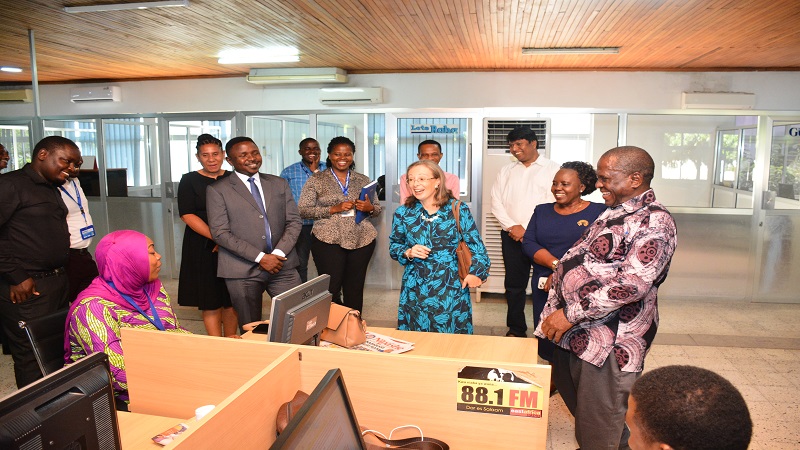Interbank cash market rate decreases below central bank’s rate upper band

The improved liquidity conditions in banking system has slowed down the overall interbank cash market (IBCM) interest rate below the Central Bank Rate (CBR) upper band of eight percent, driven by decrease of overnight placements.
The Bank of Tanzania (BoT) monthly economic review for January shows that the overall ICBM interest rate decreased to 7.14 percent in December last year, down from 8.06 percent recorded in November last year.
During September, the overall IBCM interest rate was 8.16 percent in September last year, from 7.79 percent in August, and it remained above CBR upper band in October at 8.04 percent.
During the two months period of September and October, overnight transactions were dominant, accounting for 34 and 39.1 percent of total transactions, before declining to 19.2 percent in November and 12 percent in December.
According to BoT report, the share of overnight transactions has continued to decline, reflecting banks' preference for longer-tenure placements, in line with improved liquidity conditions.
The IBCM was above the Central Bank Rate (CBR) upper band of eight percent for three consecutive months from September to November last year, driven by higher demand for shilling liquidity in the market, which caused liquidity squeeze.
The liquidity squeeze was mainly due to a stronger-than-expected seasonal demand of currency for crop purchase, following a bumper harvest of cashew nuts and cereals, says BoT monetary report, adding that here was also a significant increase in non-bank participation in government bonds.
To improve liquidity in banks, the central bank says it scaled up the auctioning of reverse repos and purchased foreign exchange from the interbank foreign exchange market.
The reverse repo amounted to 9,235.3bn/- in the fourth quarter of 2024 compared with 3,273.1bn/- in the preceding quarter, while forex purchased from the IFEM amounted to US$28 million, injecting about 74.6bn/- in commercial banks.
During December last year, reverse repos sold amounted to 3,768.9bn/-, compared with 2,578.5bn/- traded in November 2024.
In addition, the purchase of gold through the domestic gold purchase program improved liquidity.
The measures improved liquidity substantially, beginning the last week of November, which manifested in increases in the level of clearing balances of banks (banks reserves) and a decline in the 7-day IBCM rate.
Accordingly, banks scaled down their access to the Lombard facility and the 7-day rate decreased, closing at an average of 7.55 percent in December 2024, within the CBR corridor, according to BoT report.
The BoT implement monetary policy using instruments at its disposal to align the 7-day interbank rate (operating variable) with the CBR, by keeping it in the band of 4-8 percent.
Based on the expected improvement of global and domestic economic conditions, the MPC maintained the CBR at 6 percent in the first quarter of 2025, as it was during the second, third and fourth quarters of last year.
The Bank of Tanzania's Monetary Policy Committee believed that keeping the CBR unchanged will help mitigate exchange rate pressures, thereby limiting their impact on inflation and reducing incentives to transact in foreign currencies within the country.
“Keeping the CBR unchanged is expected to continue anchoring inflation expectations below the target of 5 percent,” said the BoT’s Monetary Policy Report for January.
As of January 2025, Tanzania's inflation rate stood at 3.1 percent, comfortably below the central bank's target of 5 percent.
The year-on-year inflation rate for food and non-alcoholic beverages increased to 5.3 percent in January 2025 from 4.6 percent in December 2024, reflecting effective economic management and favorable conditions within the country.
The central bank says it aims to ensure adequate liquidity in the economy, anchor inflation expectations below the 5 percent target, and support robust economic growth projected at approximately 5.7 percent for this quarter.
“In essence, the recommendation provides forward guidance to the market that the BoT prioritizes keeping shilling liquidity stable in the economy, thus minimizing interest and exchange rates volatilities,” it said.
“In line with the decision, the Bank will steer the 7-day IBCM rate (operating target variable) to the CBR (policy rate), by keeping it within the 4-8 percent corridor.”
BoT said the implementation of monetary policy also will be carried out without compromising the targets for net domestic assets of the Bank and net international reserves set forth in the ECF program for the quarter ending March 2025.
In January 2024, the Bank adopted an interest rate-based monetary policy framework to enhance effectiveness of monetary policy in changing economic environment.
In the line with new framework and based on inflation and growth forecast, as well as the need to ensure a smooth transition, the MPC set the CBR at 5.5 percent in the first quarter of 2024.
In April, the MPC raised the CBR to six percent to contain inflationary pressure emanating from depreciation of the exchange rate on the inflation outlook.
Top Headlines
© 2025 IPPMEDIA.COM. ALL RIGHTS RESERVED

























